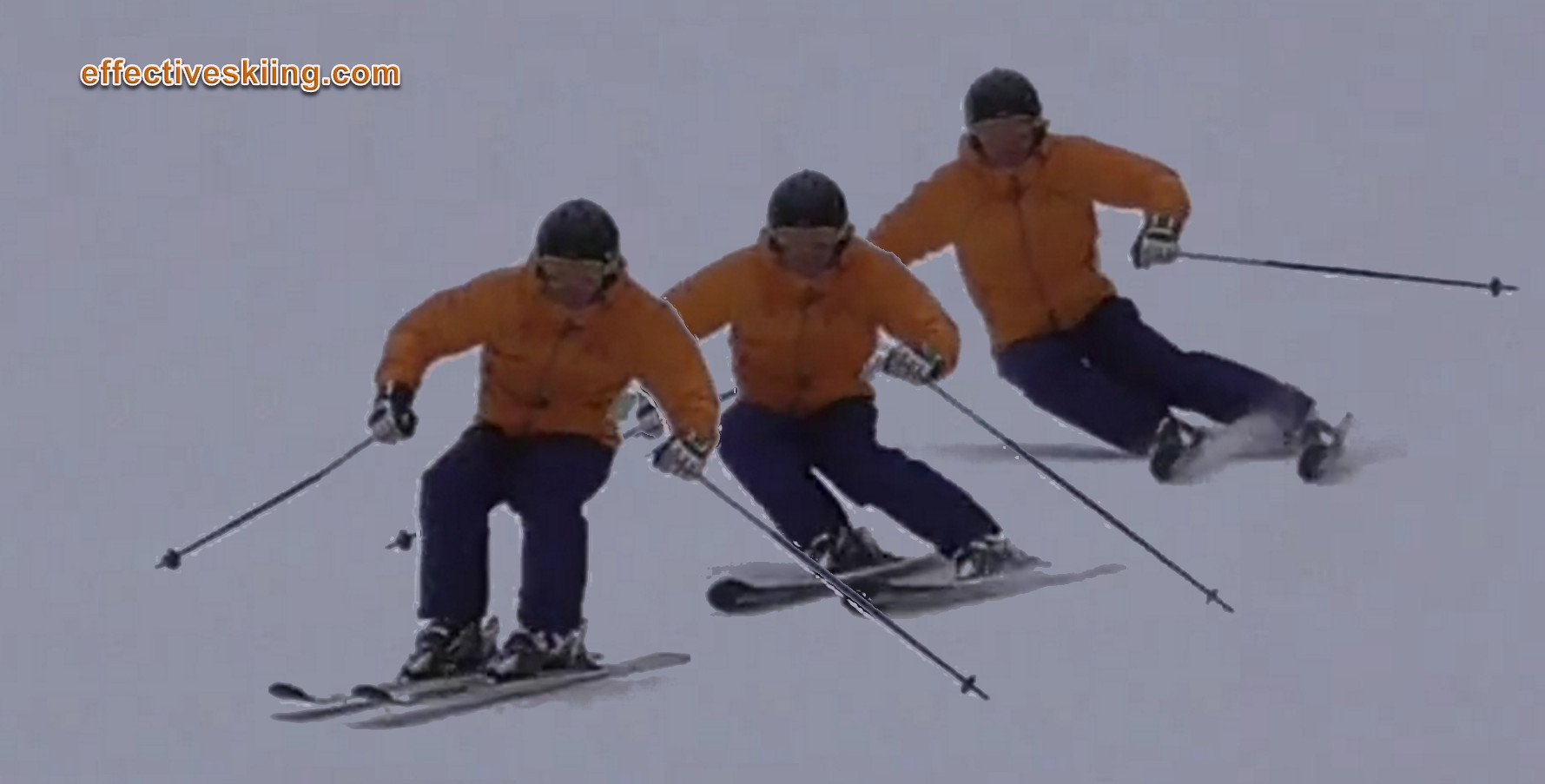Dynamic balance
Pub
Share
In skiing and action sports, balance is not a static notion, as it would be balancing on top of a ball, but a very much dynamic notion. In fact, we maintain dynamic balance through athletic movement.
Dynamic balance includes anticipating the movements required in the near future and possibly compensating ahead of time, using the momentum and inertia of different parts of the body to leverage against etc... if you want more theory, look into kinetics and dynamics, but let's look at dynamic balance specifically for skiing, and how balance is created by good movements.
Dynamic balance in skiing
Static balance is maintaining a balanced position, for instance as we glide down on a green run or in the middle of a long, slow turn of constant radius, where we balance our mass over the base of support / ski.
Dynamics and kinetics deal with the movement subject to external forces, like gravity, snow reaction etc. When we ski, especially on a given trajectory, we do much more than what we consider static balance to be, for instance we use and create forces, like creating GRF by putting the skis on edge and engaging, using the long leg to brace against it, stacked body to balance and resist it briefly to get deflection and create a turn. In the mean time, we allow different body parts to move in anticipation of the next apex etc.
This is where good movements create good balance.
For instance, foot tipping and carving. These activate the kinetic chain from the bottom up and create a stable platform that we can balance on when the GRF grows. By contrast, pushing the skis away from under the hips more often than not impairs balance - imagine sliding on ice and pushing yout feet away! Would you feel balanced?
Other aspects, very important are how we deal with external factors like 3D terrain for instance, where external random forces appear all the time, as we hit a bump or cross-rut etc.
Static vs Dynamic
The static balance principles of balancing COM over BOS work well for standing still or slow skiing, but you can see why in high performance skiing, it becomes largely irrelevant, although the basic principles still apply: we still want to balance against the forces and line up the body with the forces to some extent, but we are more concerned with creating these forces and using them, never quite balancing enough to become static, always leaving some imbalance to allow and direct movement.
Dynamic balance as an outcome
At this point we can talk of balance as being an outcome of effective movements. There are ineffective movements and actions, which impair and reduce balance, while effective movements at the right time, create balance or at least create a chance to ski balanced, from apex to apex.
While we've seen some positive examples above, some negative examples would be:
- leaning in, which reduces balance by reducing the range of motion available for recoveries. For instance, assume you hit a bump while leaning in without any angulation: it would send you out of balance if you were leaning in and with extended legs. Some angulation and flex in various joints would allow us to absorb that. Leaning in also moves in the shoulders inside more and reduces the edge angle at the ski than they should be for the turn, without regards for establishing a solid platform first, so again disrupting balance
- rotating, similarly reduces dynamic range of motion and adds a large angular momentum, which then needs to be managed
Balance drills
We work on developing dynamic balance not just to prepare for the beginning of the season, but throughout the season as well:
- dryland: Dryland balance training
- on snow: Mixed dynamic turns
Drills:
- lane changes
- hourglass turns
- random turns
- skiing 3D terrain (bumps, glades, all snow conditions)
Here's an example of lane changes:
Hourglass turns:
Related:
You need to log in to post a comment!

